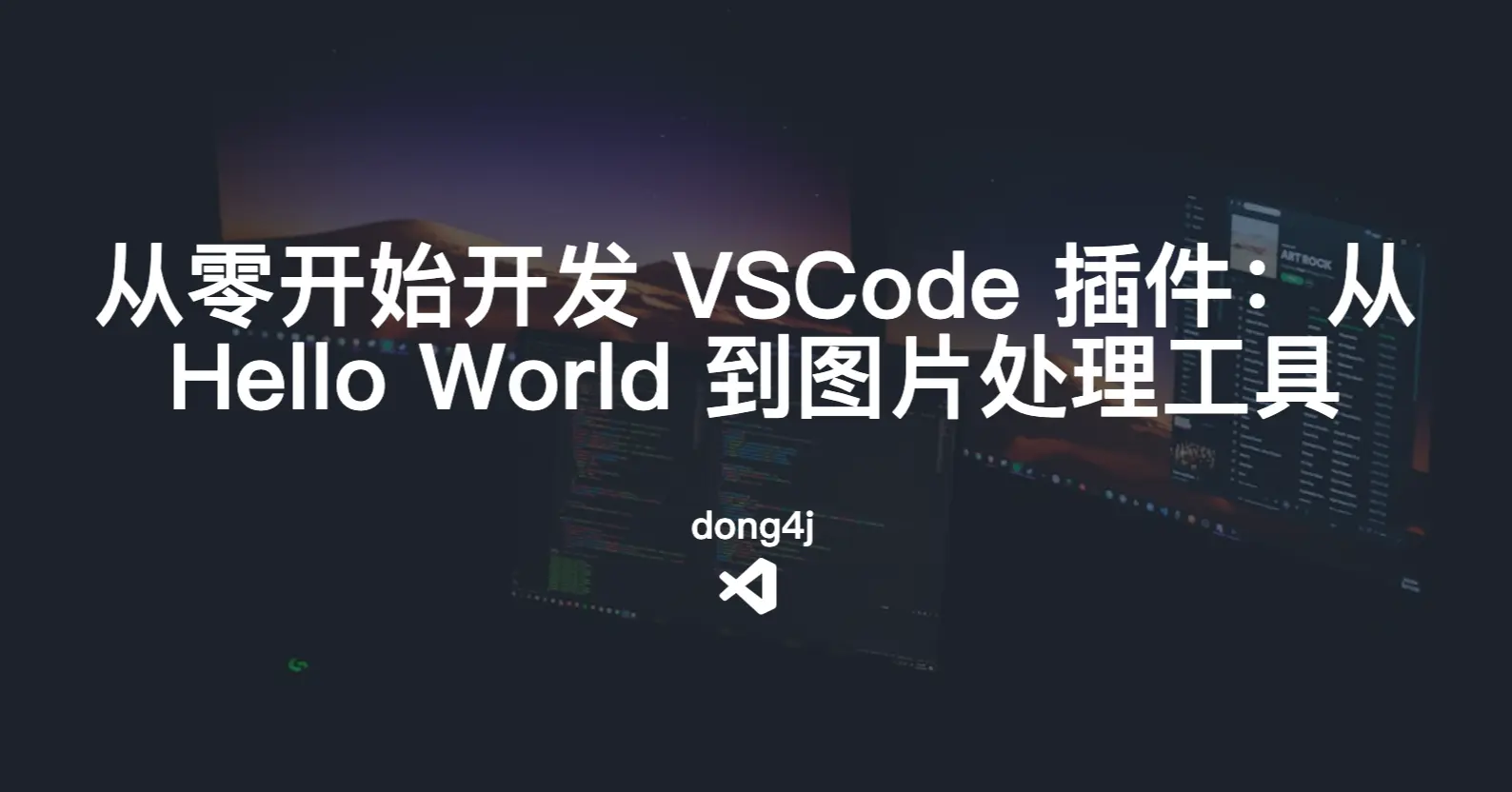轻松搞定Maven多环境配置:实战技巧大放送
轻松搞定Maven多环境配置:实战技巧大放送
dong4jMaven 多环境配置打包方式
使用 profiles
1 | <profiles> |
修改 build 添加 filter
1 | <build> |
使用命令打包
1 | mvn clean install -Dmaven.test.skip=true -Pdev |
使用 @ 代替 $
如果 resource 中存在 js, 且与 maven 内置变量相同, 会将 $ 全部替换为 maven 的参数
所有这里使用 @ 替换掉 $.
原理
maven 会使用 filter 中的文件属性替换所有 resource include 的文件中的占位符
使用 context:property-placeholder
有些参数在某些阶段中是常量。
- 在开发阶段我们连接数据库时的 url,username,password 等信息
- 分布式应用中 client 端的 server 地址,端口等
这些参数在不同阶段之间又往往需要改变
期望:有一种方案可以方便我们在一个阶段内不需要频繁写一个参数的值,而在不同阶段间又可以方便的切换参数的配置信息
解决:spring3 中提供了一种简便的方式就是 <content:property-placeholder> 元素
只需要在 spring 配置文件中添加一句:
1 | <context:property-placeholder location="classpath:jdbc.properties"/> |
或者
1 | <bean id="propertyPlaceholderConfigurer" class="org.springframework,beans.factory.config.PropertyPlaceholderConfigurer"> |
即可,这里的 location 值为参数配置文件的位置,配置文件通常放到 src 目录下,参数配置文件的格式即键值对的形式,
1 | #jdbc 配置 |
行内 #号后面部分为注释
这样一来就可以为 spring 配置的 bean 的属性设置值了,比如 spring 有一个数据源的类
1 | <bean id="dataSource" class="org.springframework,jdbc,datasource.DriverManagerDataSource"> |
甚至可以将 ${} 这种形式的变量用在 spring 提供的注解当中,为注解的属性提供值(下面会讲到)
Spring 容器采用反射扫描的发现机制,在探测到 Spring 容器中有一个 org.springframework.beans.config.PropertyPlaceholderConfigurer 的 Bean
就会停止对剩余 PropertyPlaceholderConfigurer 的扫描,
换句话说,即 Spring 容器仅允许最多定义一个 PropertyPlaceholderConfigurer 或 <content:property-placeholder> 其余的会被 Spring 忽略
由于 Spring 容器只能有一个 PropertyPlaceholderConfigurer,如果有多个属性文件,这时就看谁先谁后了,先的保留 ,后的忽略。
还有一种情况,是 Spring 自动注入 properties 文件中的配置:要自动注入 properties 文件中的配置,需要在 Spring
配置文件中添加 org.springframework.beans.factory.config.PropertiesFactoryBean
和 org.springframework.beans.factory.config.PreferencesPlaceholderConfigurer 的实例配置
1 | <bean id="configProperties" class="org.springframework.beans.factory.config.PropertiesFactoryBean"> |
在这个配置文件中我们配置了注解扫描,和 configProperties 实例和 propertyConfigurer 实例,这样我们就可以在 java 类中自动注入配置了
1 |
|
自动注入需要使用 @Value 这个注解,这个注解的格式 #{configProperties['userName']} 其中 configProperties 是我们在配置文件中配置的 bean 的 id,
userName 是在配置文件中配置的项
在 Spring 中的 xml 中使用 > 标签导入配置文件时,想要导入多个 properties 配置文件,如下:
1 | <context:property-placeholderlocation="classpath:db.properties " /> |
结果发现不行,第二个配置文件始终读取不到,后来发现 <context:property-placeholder> 标签在 Spring 配置文件中只能存在一份!!!Spring
容器是采用反射扫描的发现机制,通过标签的命名空间实例化实例,当 Spring
探测到容器中有一个 org.springframework.beans.factory.config.PropertyPlaceholderCVonfigurer 的 Bean 就会停止对剩余
PropertyPlaceholderConfigurer 的扫描,即只能存在一个实例。
1 | <context:property-placeholder |
那如果有多个配置文件怎么办呢?那就多个文件之间以“,”分隔,如下:
1 | <context:property-placeholderlocation="classpath:db.properties,classpath:monitor.properties" /> |
值得注意的是:多个配置文件将依次加载,如果后一个文件中有和前面某一个文件中属性名是相同的,最终取的值是后加载的值。










